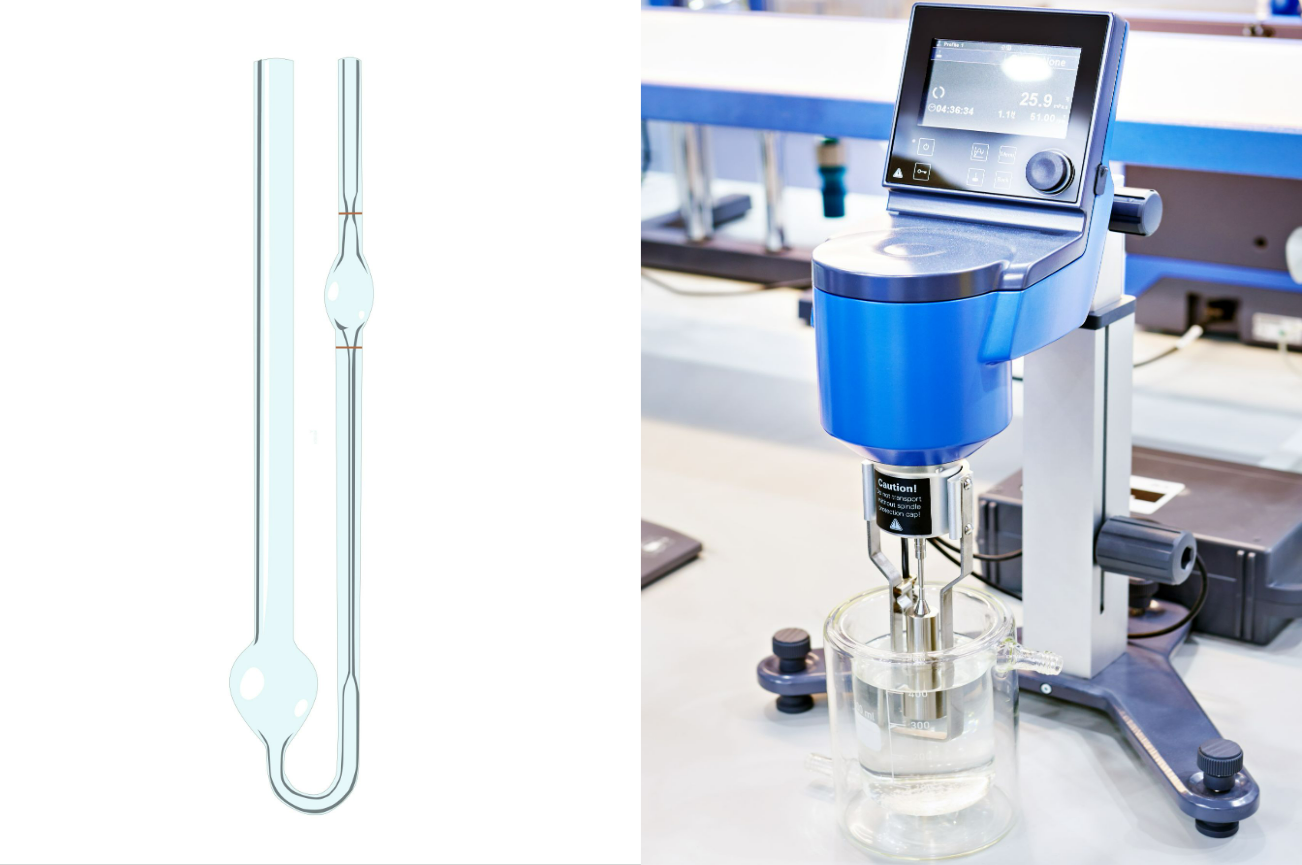Importance of Asphalt Viscosity Measurement: Standards and Method for Enhancing Asphalt Quality

Asphalt (also known as bitumen) viscosity is one of the key factors that influences workability, pavement durability, and pumpability during road construction. If the viscosity is too high, the material becomes difficult to work with, increasing project time and costs. If it is too low, the pavement may deform easily, leading to cracking and premature failure. To avoid such problems, accurate design, measurement, and control of asphalt viscosity are essential.
In recent years, more construction sites have started monitoring viscosity in real-time as part of their quality control efforts. In the United States in particular, standardized methods defined by ASTM and AASHTO are widely used for measuring asphalt viscosity and bitumen viscosity.
This article introduces two representative viscosity test standards—ASTM D4402 and AASHTO T316—and explains how the VT-06 Rotational Viscometer offers a practical solution for on-site implementation.

ASTM D4402: Measuring Rotational Viscosity at High Temperatures
ASTM D4402 evaluates the flow characteristics (apparent viscosity) of asphalt binders at elevated temperatures. It supports decisions related to workability, mixing temperatures, and lifespan predictions.
-
Test Method: Measures viscosity of asphalt binder heated to 135–165°C using a rotational viscometer
-
Unit: Centipoise (cP)
-
Applications: Mix temperature optimization, pumpability control, quality assurance, R&D
This standard plays a vital role in material selection for specific site conditions and helps promote long-lasting pavement performance.
AASHTO T316: Evaluating Dynamic Shear Viscosity
AASHTO T316 assesses the dynamic viscosity properties of asphalt binders. It is a key element of the Superpave asphalt mix design system.
-
Test Method: Uses a Superpave Shear Tester (SST) to apply shear force at 46–82°C and evaluate the binder's response
-
Applications: Pavement design, performance forecasting, binder selection
The test provides crucial insight into how materials behave under stress, helping engineers select materials with excellent resistance to long-term deformation.
VT-06 Rotational Viscometer: Simplicity and Reliability for On-Site Use
The VT-06 Rotational Viscometer is fully compatible with ASTM D4402 and is specifically designed to make on-site asphalt viscosity measurement quick and easy.
Key Features:
-
Portable Design: Compact and lightweight for easy transport between lab and field
-
Simple Operation: Attach the rotor, insert the preheated sample, and start measuring—no technical expertise required
-
Fast Results: Get viscosity readings (in cP) within minutes after heating
-
Reliable by Design: With fewer moving parts, the VT-06 offers stable performance and is built to withstand tough site environments
Users consistently report that the VT-06 is intuitive to use and helps them quickly move on to the next step of their workflow. Its combination of usability and durability has earned high praise.
Real-World Benefits: How the VT-06 Supports Asphalt Pavement Projects

-
Paving Contractor A: Improved mix temperature control using VT-06 led to a 30% reduction in early-stage paving defects
-
QA Firm B: Deployed the VT-06 across multiple job sites to check viscosity before pump transfer, helping avoid costly delays
The VT-06 delivers both efficiency and quality on-site, proving itself as a valuable tool in real-world construction workflows.
Conclusion: Reliable Viscosity Measurement for Better Pavement Quality
Both asphalt viscosity and bitumen viscosity are important quality indicators in road design and field execution.
By understanding ASTM and AASHTO test methods and using a reliable, user-friendly instrument, engineers can establish stronger quality control systems.
The VT-06 Rotational Viscometer offers a practical and effective solution for professionals who need quick, accurate viscosity readings in the field.
For more information or to explore purchasing options, visit our VT-06 product page.



